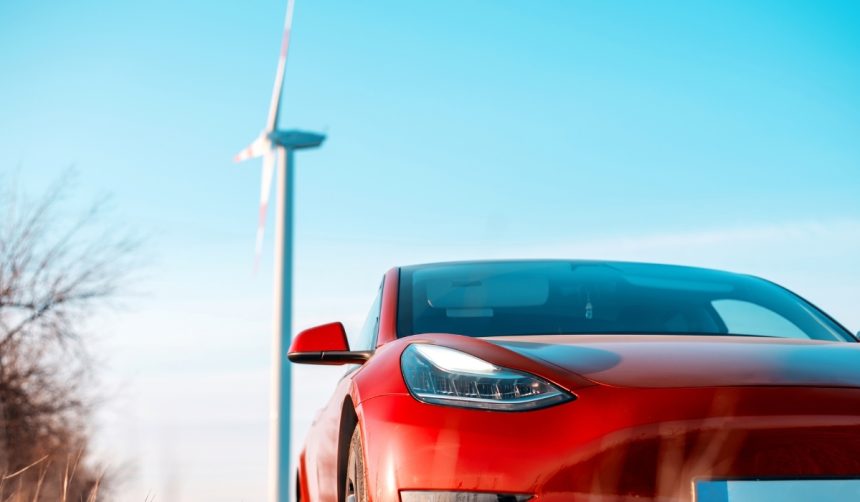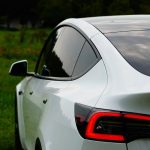Tesla is pushing forward with its objective to launch its Full Self-Driving (FSD) system in new global markets, focusing efforts on Japan and Thailand. Growing interest in autonomous technology, along with regulatory consideration, marks this expansion as a pivotal step for the automotive company. Local consumers in both countries are eager to see how FSD will interact with diverse traffic systems and urban conditions. As self-driving software becomes increasingly central to Tesla’s identity, updates in these regions could shape broader public perceptions of vehicle autonomy.
While earlier news mentioned Tesla’s aspirations to introduce FSD in more international territories, concrete details for Asia were sparse. Most public knowledge centered on pilot programs running only in North America and select European nations. Recent developments indicate that Japan and Thailand are now being prioritized for broader FSD testing and deployment, with official announcements and regulatory engagement from Tesla getting underway in these areas. In contrast to previous speculation, current actions reflect a more structured rollout plan, with cooperation from local authorities in focus.
What Progress Has Tesla Made in Japan?
In Japan, Tesla has begun testing vehicles equipped with the FSD system on public roads, as reported by local media. Although drivers remain present in these vehicles to observe performance, the autonomous features handle most driving tasks. The initiative started across several regions this summer. “Our team in Japan is carefully testing FSD in real-world environments,” a Tesla spokesperson stated. Pending adherence to local safety regulations, the company intends to release the software update to both new buyers and owners of existing Tesla vehicles.
How Soon Will FSD Be Available in Thailand?
Regarding Thailand, CEO Elon Musk confirmed through social media that Tesla is nearing readiness to introduce the FSD package pending approval from government regulators. Musk commented,
“Waiting on regulatory approval,”
indicating that regulatory review is the primary hurdle before launch can proceed. Anticipation remains high among Thailand’s Tesla drivers, especially considering the country’s complex and often congested urban traffic, particularly in Bangkok. The company has not announced a definitive release timeline.
What Challenges Does Tesla Face in These Markets?
Both Japan and Thailand present distinct regulatory and infrastructural challenges for Tesla’s FSD. Local road rules, varying signage, and driving patterns require software adaption to meet safety and functionality standards. Tesla acknowledged these differences by emphasizing their collaborative approach with authorities:
“We are working closely with regulators to ensure our system meets all local requirements,”
the company said. This approach could influence deployment speeds across different markets.
Expanding FSD to Japan and Thailand underscores Tesla’s ongoing efforts to globalize vehicle autonomy, but highlights the importance of regulatory compliance and technical adaptation. For readers interested in Tesla’s self-driving initiatives, close attention to these regional deployments can offer insight into how autonomous driving may shape global mobility trends. In markets with densely populated cities or unique driving cultures, the path for FSD likely involves incremental rollout, continual software updates, and ongoing negotiations with policymakers. Monitoring Tesla’s progress in Asia provides valuable lessons for both industry observers and potential adopters, revealing the interaction between technological ambition and regulatory reality.










